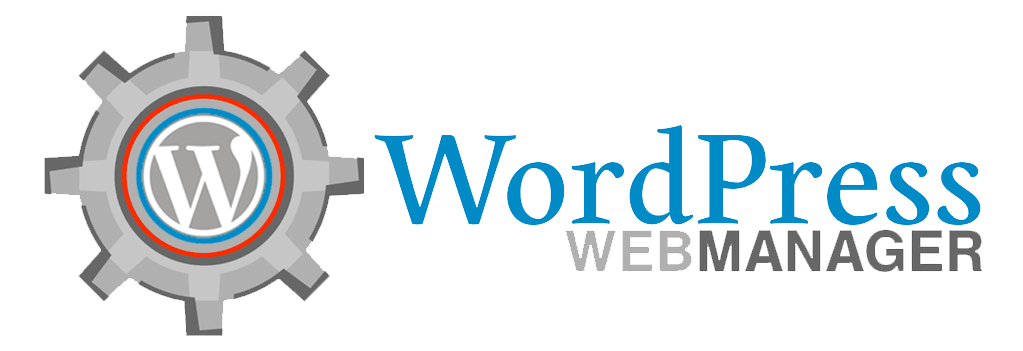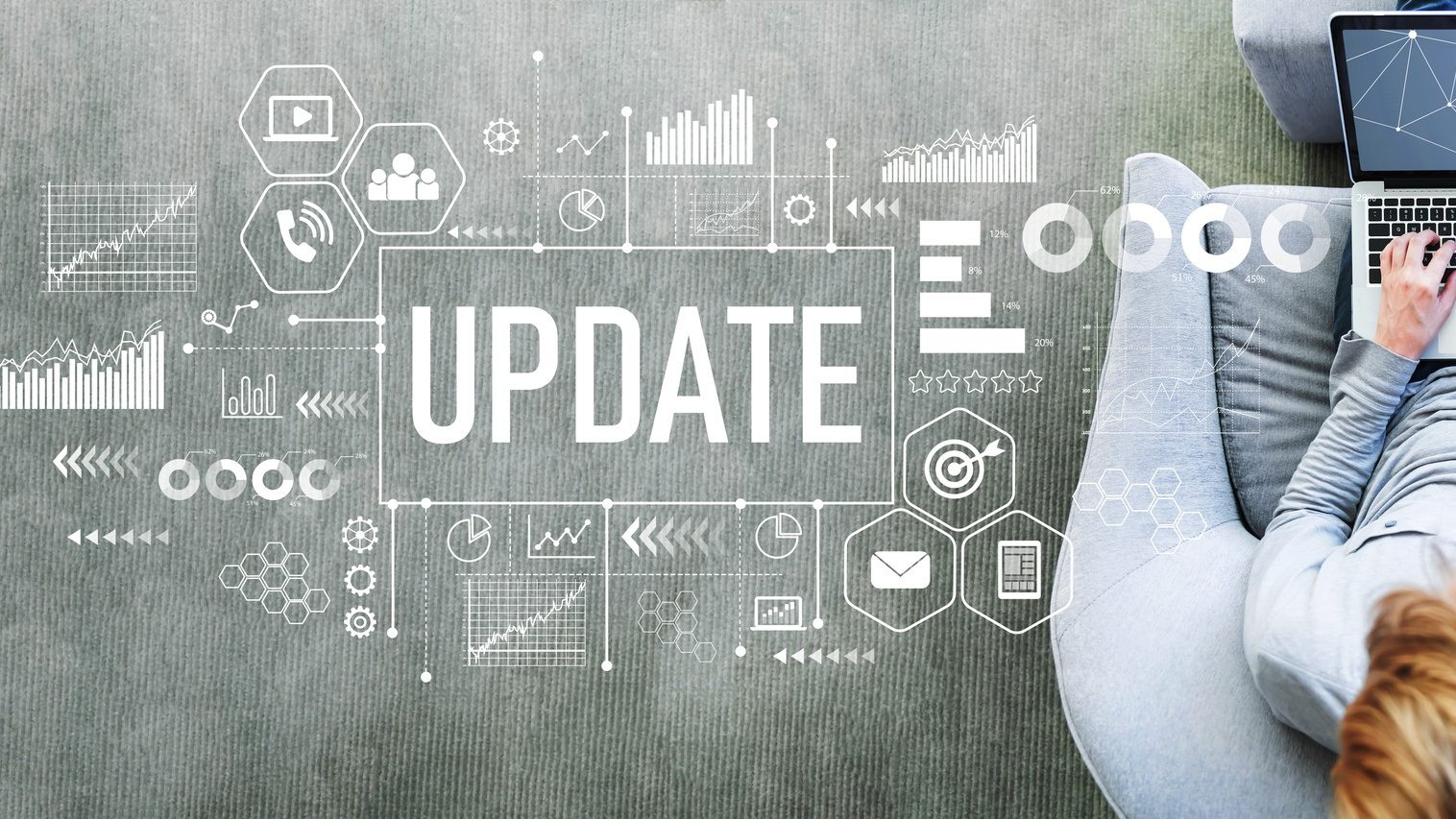WordPress Updates is a must for any serious webmaster who wants to ensure their website is on the cutting edge of website design and functionality. If you are not updating WordPress regularly, you may find your website losing traffic and rank. WordPress updates are easy to do but they must be done right if you want to ensure your website stays on top. WordPress updates will ensure your website stays optimized for the search engines.

How often should I WordPress updates? WordPress updates are automatically triggered based on the latest version of WordPress. So, the WordPress update manager will keep you on top of the latest WordPress version and regularly upload new versions for you to download and install on your website. However, you must also have these questions on your mind: When should I publish WordPress 4.0 upgrades or wait until the automatic WordPress updates? Is it better to publish WordPress upgrades immediately after the plugin authors publish their version or wait until the next release of WordPress? How do I know when my website is outdated and needs an upgrade?
WordPress backups are absolutely necessary if you are serious about WordPress updates. WordPress backups will store your entire website for WordPress without deleting any files. WordPress backups are also very important because they allow you to perform WordPress updates even without having to login to your WordPress server. WordPress backups are recommended as part of your WordPress installation. WordPress backups will protect your database, your images, and other essential files from corruption and website loss.
WordPress updates require you to review your WordPress configuration to see which files require an update and which don’t. In most cases you will have to change your WordPress file with the WordPress update script. WordPress permissions allow you to modify or delete the various WordPress files that are required for updates. It is a good idea to secure your WordPress administrative password and replace it with a strong password that cannot be guessed or found by anyone else. If you don’t already use a strong password, you should consider changing your WordPress administration password at least once per year.
WordPress allows you to set up user credentials so that you can update WordPress with the help of other developers who are using the WordPress open source project. You can implement updates by installing the appropriate plugin and then copying all of the necessary files to your WordPress admin dashboard. You will also need to change your WordPress user credentials so that you can update WordPress. These steps are necessary for updating WordPress so that you can protect your website from being compromised.
WordPress automatic updates allow you to update WordPress whenever it is updated with a new version. WordPress automatically updates when you publish new content on your website. WordPress also updates whenever you add new themes, plug-ins, or data source files. It is a good idea to configure WordPress to update whenever it is being used by users. You should also update WordPress whenever there is a new version of WordPress available so that WordPress will always be able to provide the most recent version number for your site.
WordPress allows you to set up WordPress versions that will appear in different ways on different websites. WordPress updates are not applied as part of the WordPress installation process; instead, WordPress transfers the updates it receives from the automatic update process to your customized WordPress staging site. WordPress will first transfer any necessary files to the staging site, then it will apply any plugins and data source files that you defined during the WordPress installation process.
You can view your WordPress dashboard by going to Settings > General in your WordPress control panel. Then go to Themes and choose the plugins that you want to transfer to the staging environment. This is one of the easiest ways to perform automatic WordPress updates by transferring the appropriate files to the appropriate WordPress staging environment.


